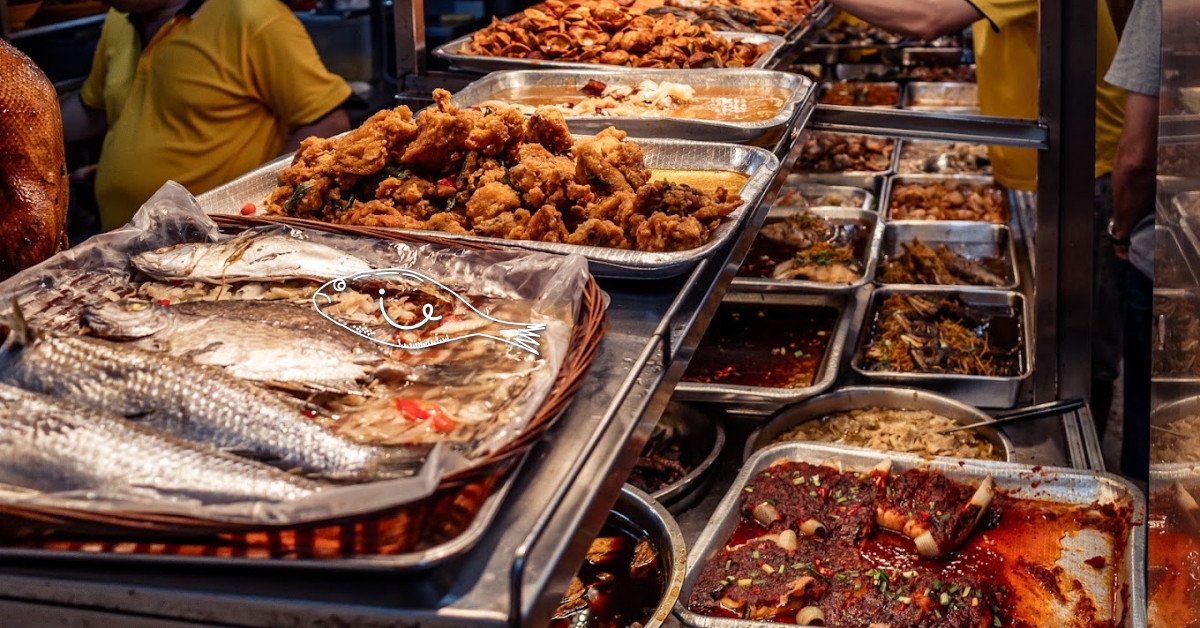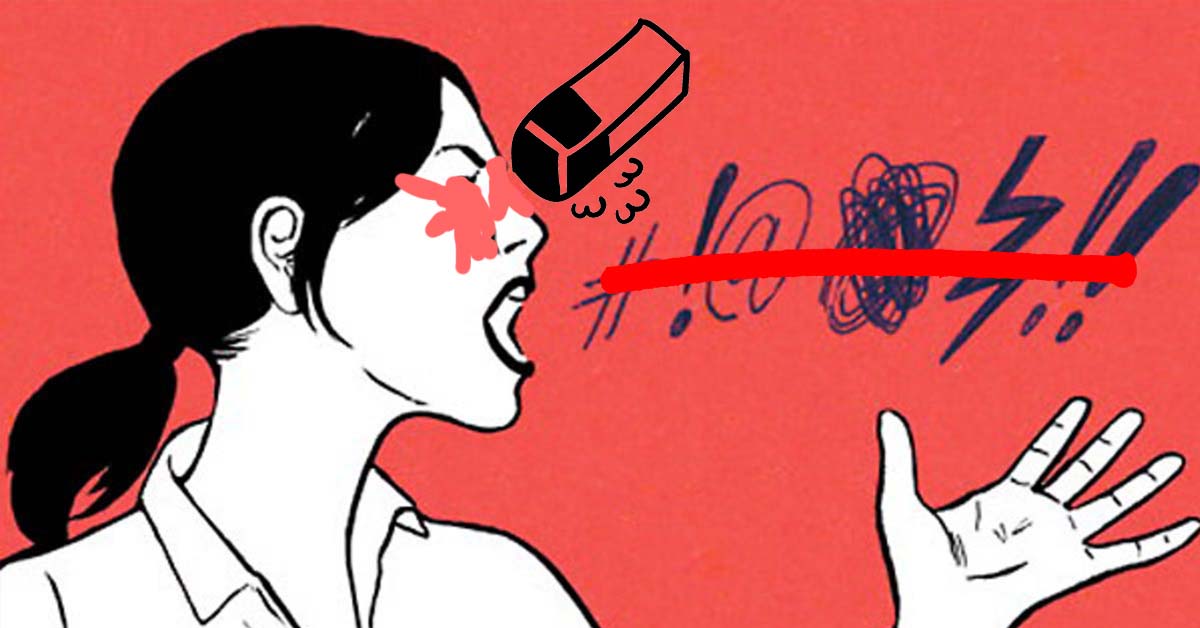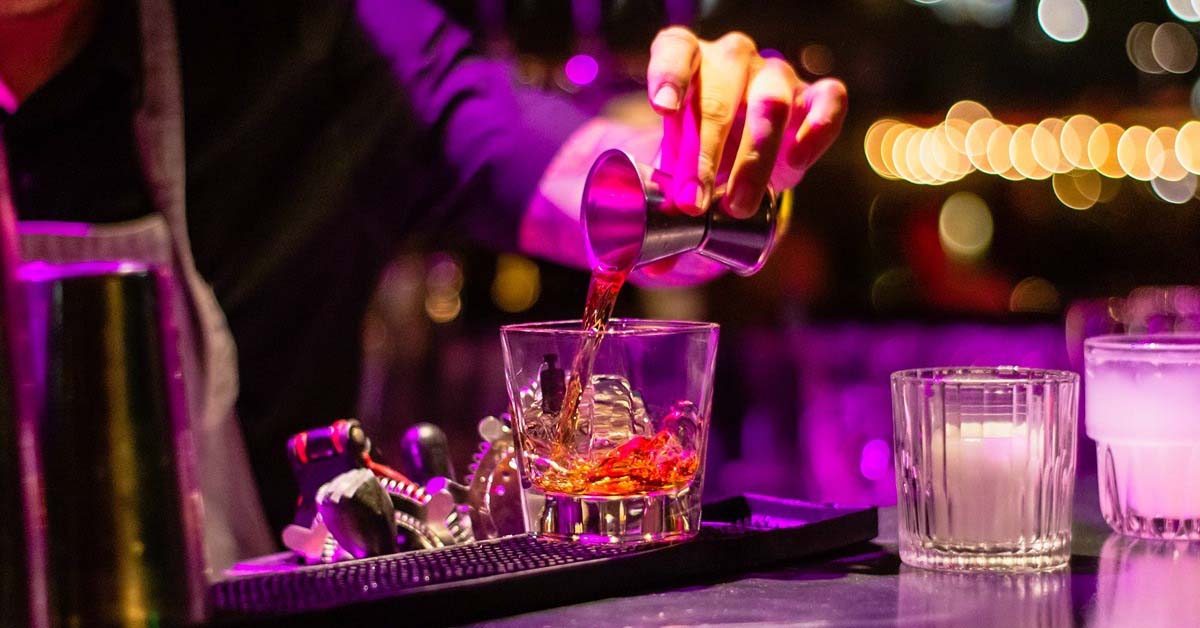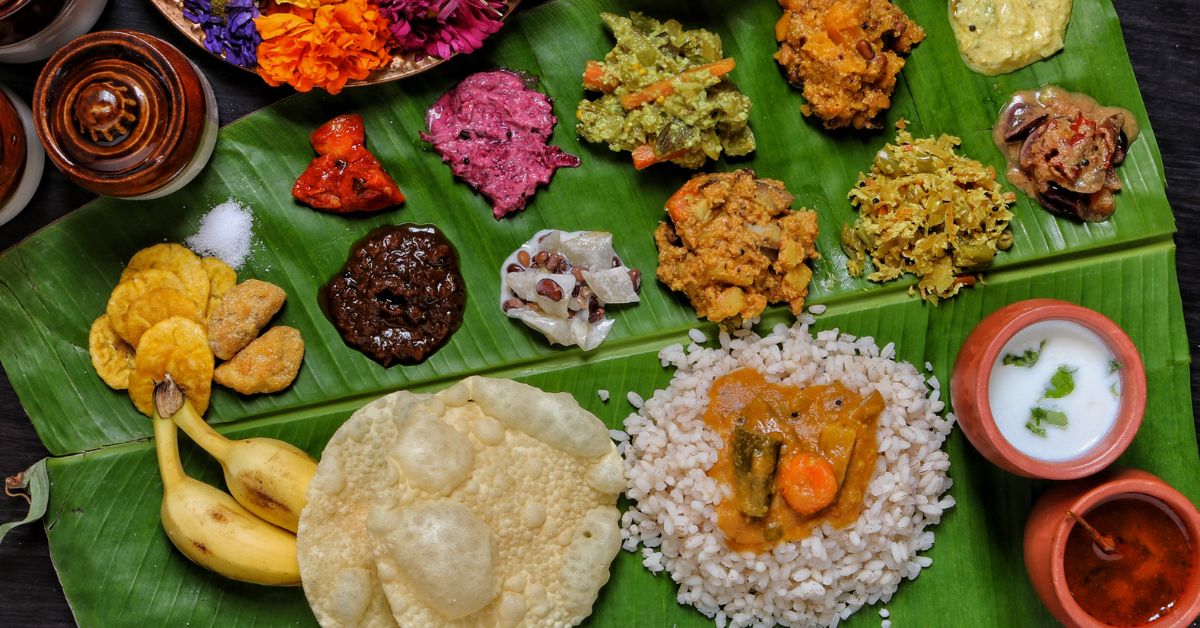
In the old days, it was common practice in Indian families to eat off a banana leaf rather than a plate. But with today’s faster pace of life — where dining plates, in fact, no longer grow on trees — means we usually grab a quick bite on a reusable plate before continuing with work or other activities. Families seem to spend less time at the dinner table, preferring to multi-task by watching a movie or drama, playing games or working on their devices.
But, when you have some time, slow things down and enjoy a leisurely meal. Savour the effort the chef has invested in creating a masterful repast of dishes rich in various flavours and bringing together textures and nutrition.
Generally, this happens during traditional celebrations or festive feasts. Between this gap of tradition and modern lifestyle is where the Indian Heritage Centre (IHC) comes in as it frequently holds workshops that raise awareness about traditional Indian culture and heritage.
Most recently, they have given the spotlight to the theme of South Indian food: The Sadya meal feasts and the etiquette surrounding it.
Together with Joyce Kingsley, a Registered Etiquette Trainer and a member of Etiquette Alliance International APAC, the IHC has continued to raise awareness of the rich taste and aroma of food, complemented by its cultural context and health benefits.
Advertisement
Sadya Meal: Authentic South Indian Food
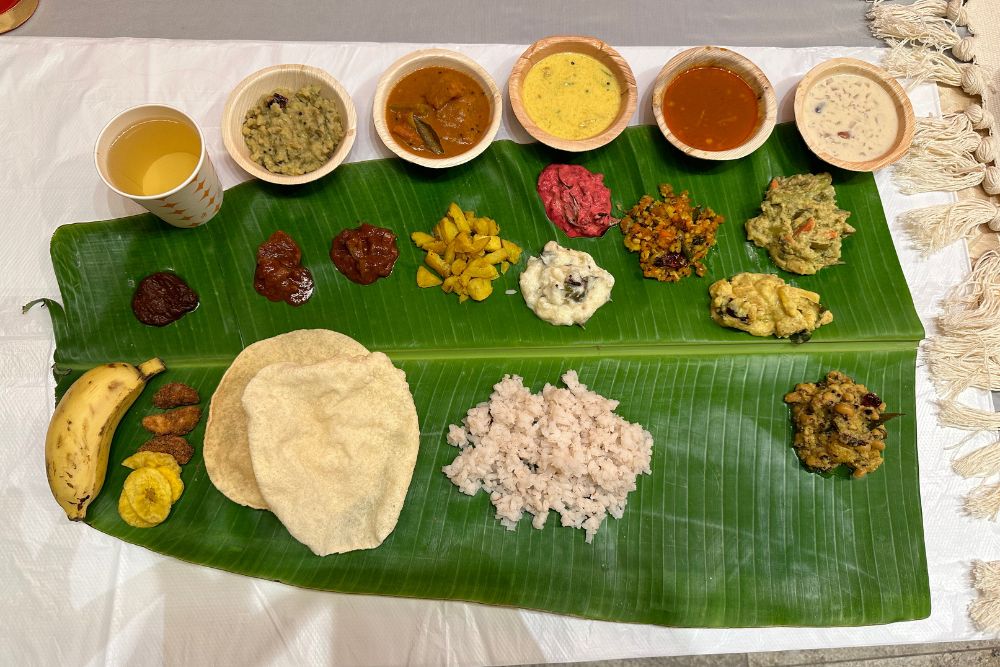
Frequently addressed as the meal of Kings, the grandeur of the Sadya meal is maintained even until today – served only on significant occasions like marriages or funerals.
The 26 to 28 dishes within this meal reflects the richness of flavours, comprising of 5 different sauces, lentil curry, tamarind curry, rasam (spicy soup), vadai (fritters), poriyal (sauteed vegetables), pirattal (stir-fried vegetables), koottu (vegetable stew), pachadi (pickle), payasam (dessert) and more.
Split into equal, small portions of vegetables, healthy fats, carbohydrates – with a good mix of sweetness, tanginess, and bitterness – Joyce emphasised how the Sadya offers a balance of nutrients.
With no particular way of eating the meals, Joyce had only two requests. Use your fingers, the food will taste better, she said. And do not forget to portion your rice so that you can pour and separate the taste of five different sauces on them.
A tip from Joyce – for a good bite when eating with hands – is to grab and do a quick swerve with your wrist inwards to grip as much food as possible.
Eat From A banana Leaf: Authentic Way to Enjoy South Indian Food
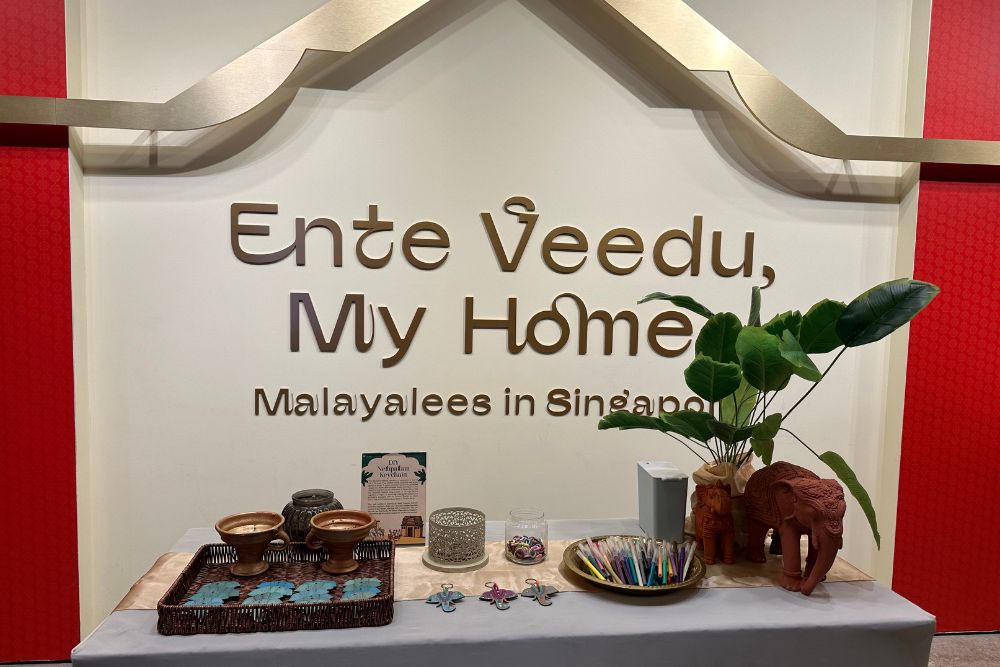
Another standout of traditional Sadya meals is the use of banana leaves instead of crockery.
Beyond its numerous cultural significance, whether that be as a symbol of purity, equality or hospitality, there are also a number of health benefits that come from following such an eating habit.
Eating hot meals on leaves have been proven to transfer antioxidants (said to be anti-cancerous) into foods, benefitting whoever eats it. The leaves also contain enzymes that help break down food and stimulate the digestive process. Not to mention, the leaf is a natural source of vitamin A and calcium, which can help you maintain healthy bones and eyesight.
More practically, the leaves can also keep food warm and are generally more sustainable to use and biodegradable.
After gobbling all the dishes on the banana leaves, the way you fold the leaf in the end will indicate how satisfied you are with the meal and the service of your hosts. Fold inwards if you are satisfied and outwards if you are not.
South Indian Food Traditions and Its Importance
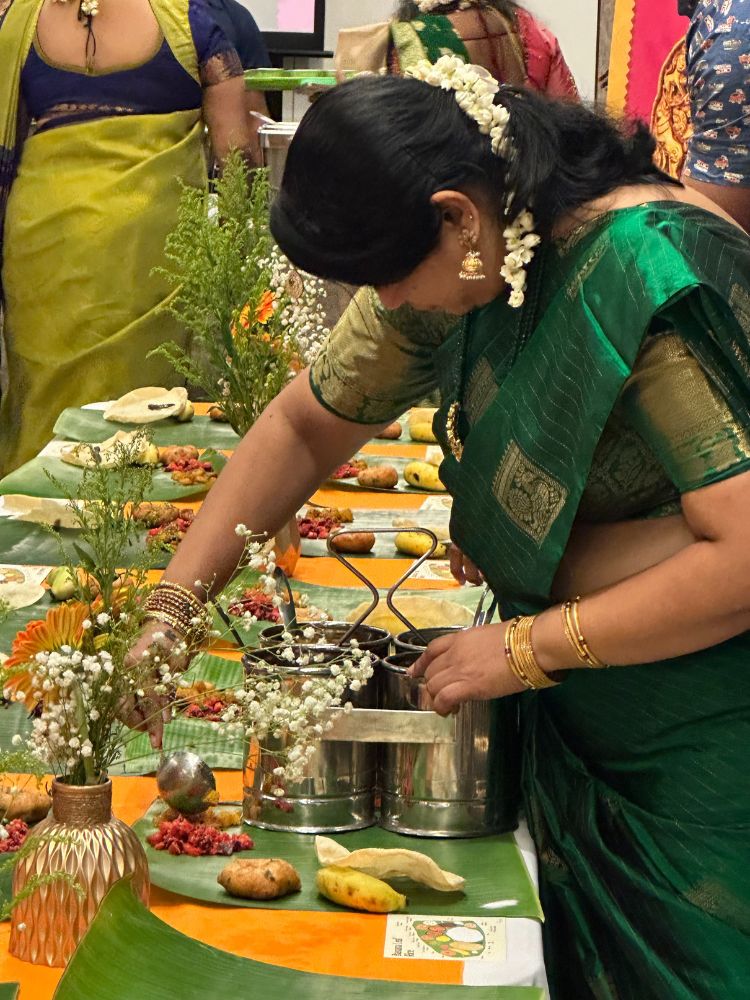
Joyce highlighted the importance of passing down these traditional meals and eating habits to today’s youth – not only as a way to commemorate culture, but to also promote a healthier lifestyle amongst our grandchildren.
Joyce adds that IHC constantly organises communal events that are well attended. For those of you keen to find out more, head to the IHC’s Ente Veedu Exhibition, on till 15 September.
Ente Veedu Exhibition
Location: Indian Heritage Centre, 5 Campbell Lane, Singapore 2099924
Opening Hours: Tue – Sun, 10:00am – 6:00pm
Admission: Free for Singaporeans and PRs
Website: https://www.indianheritage.gov.sg/en/whats-on/exhibitions/ente-veedu-malayalees-exh


